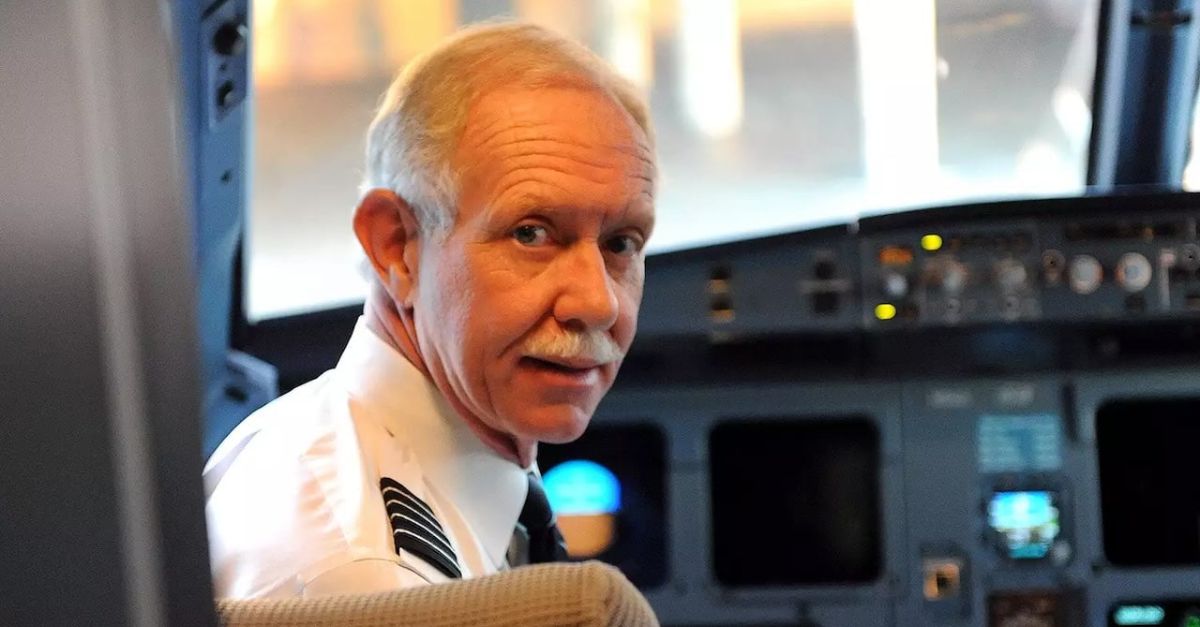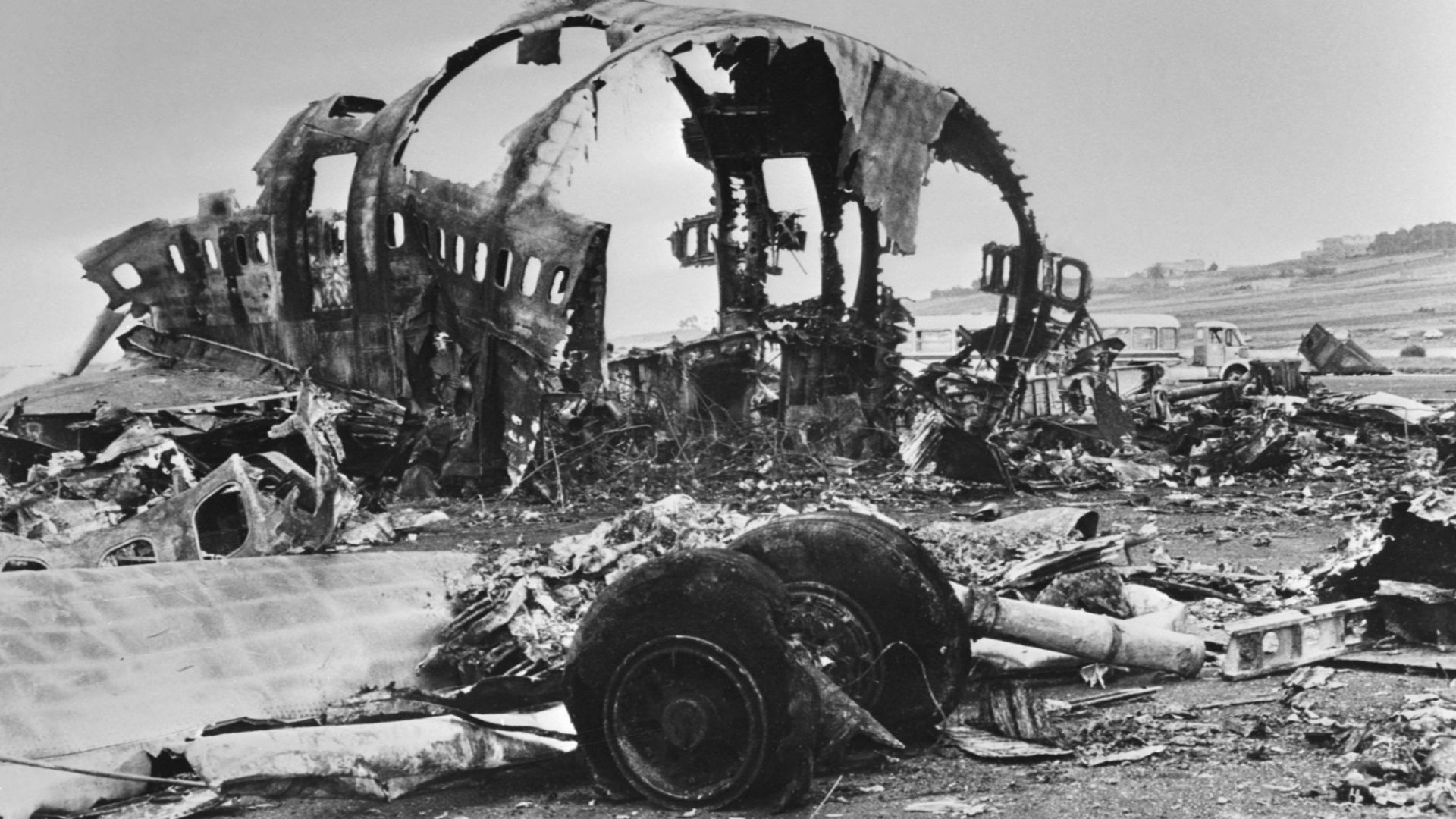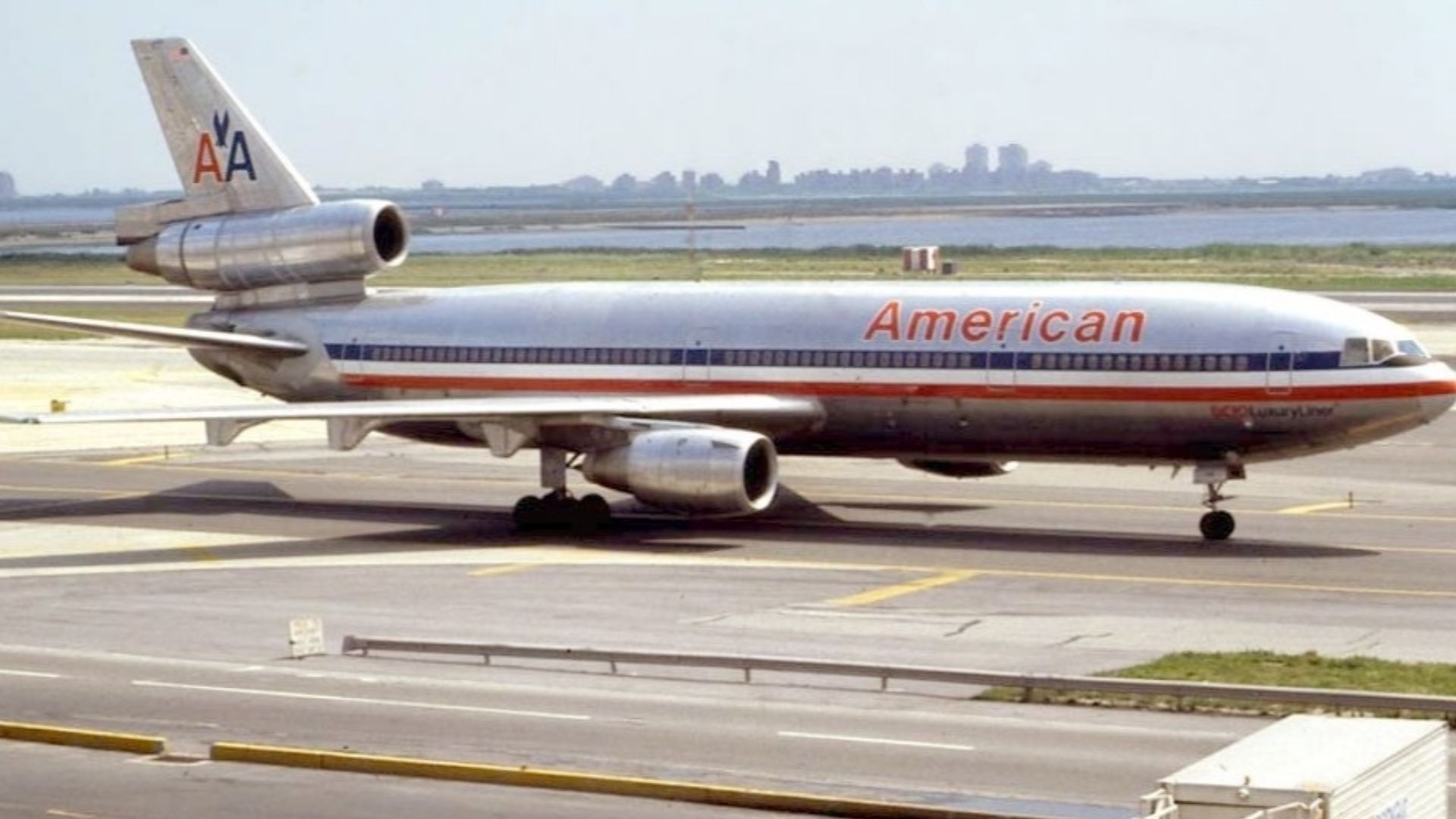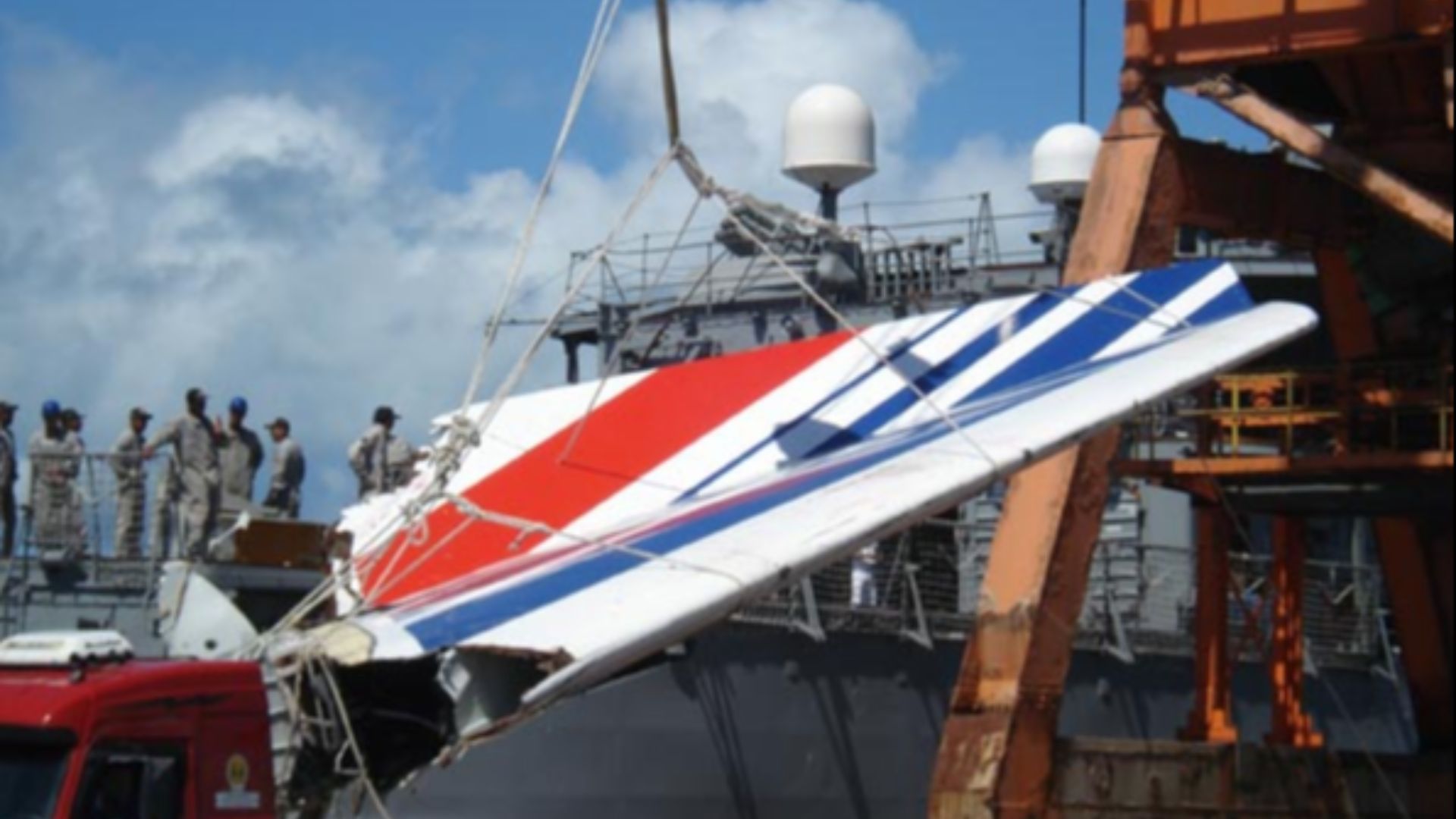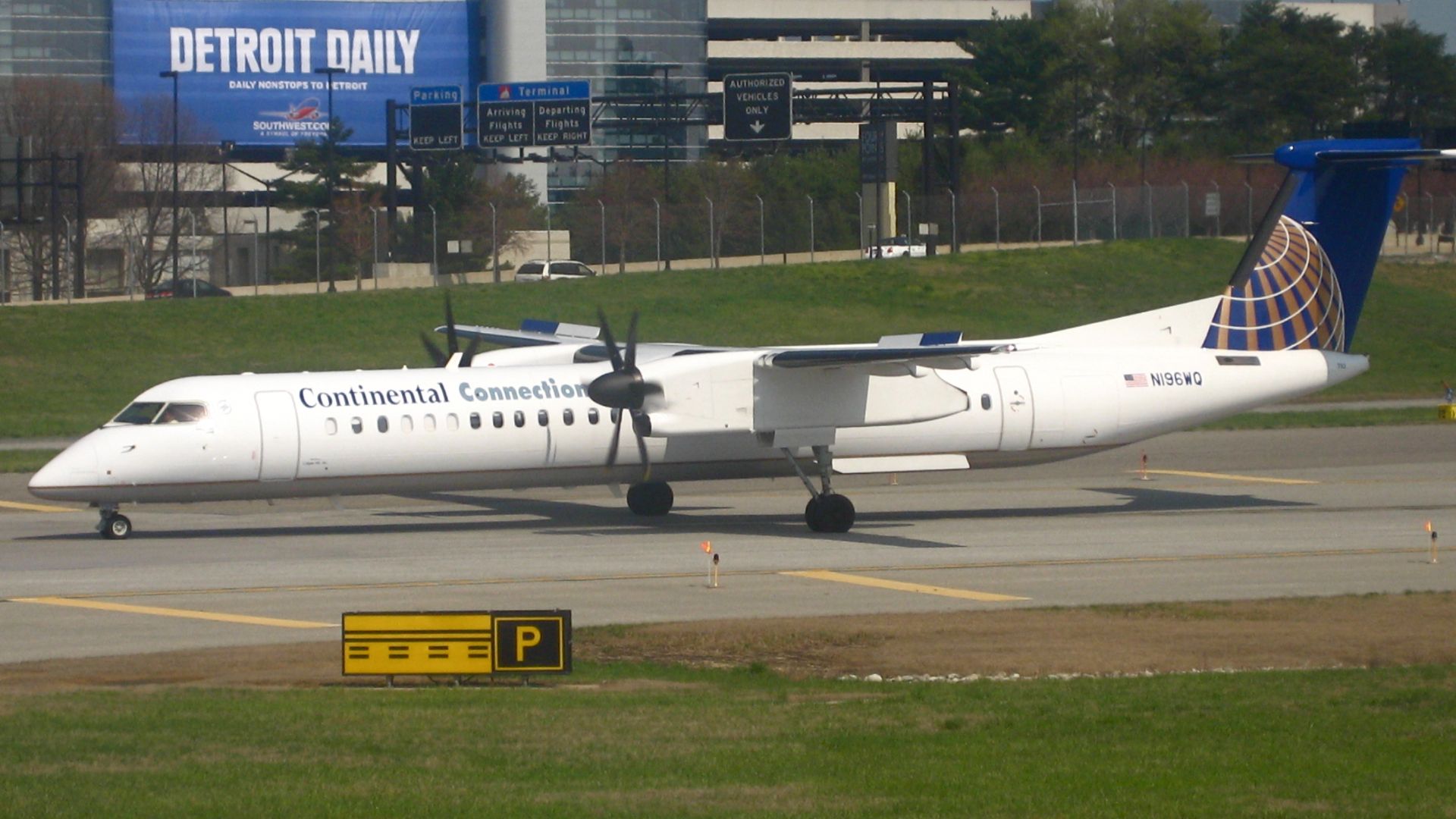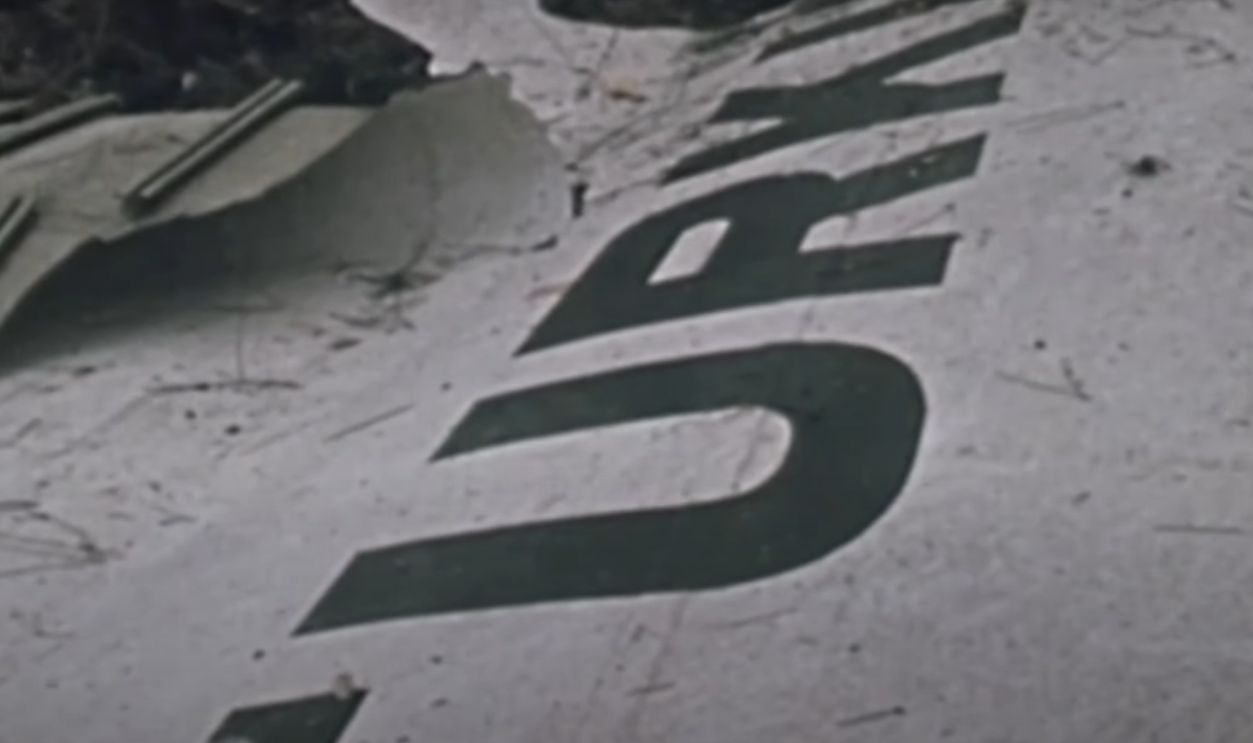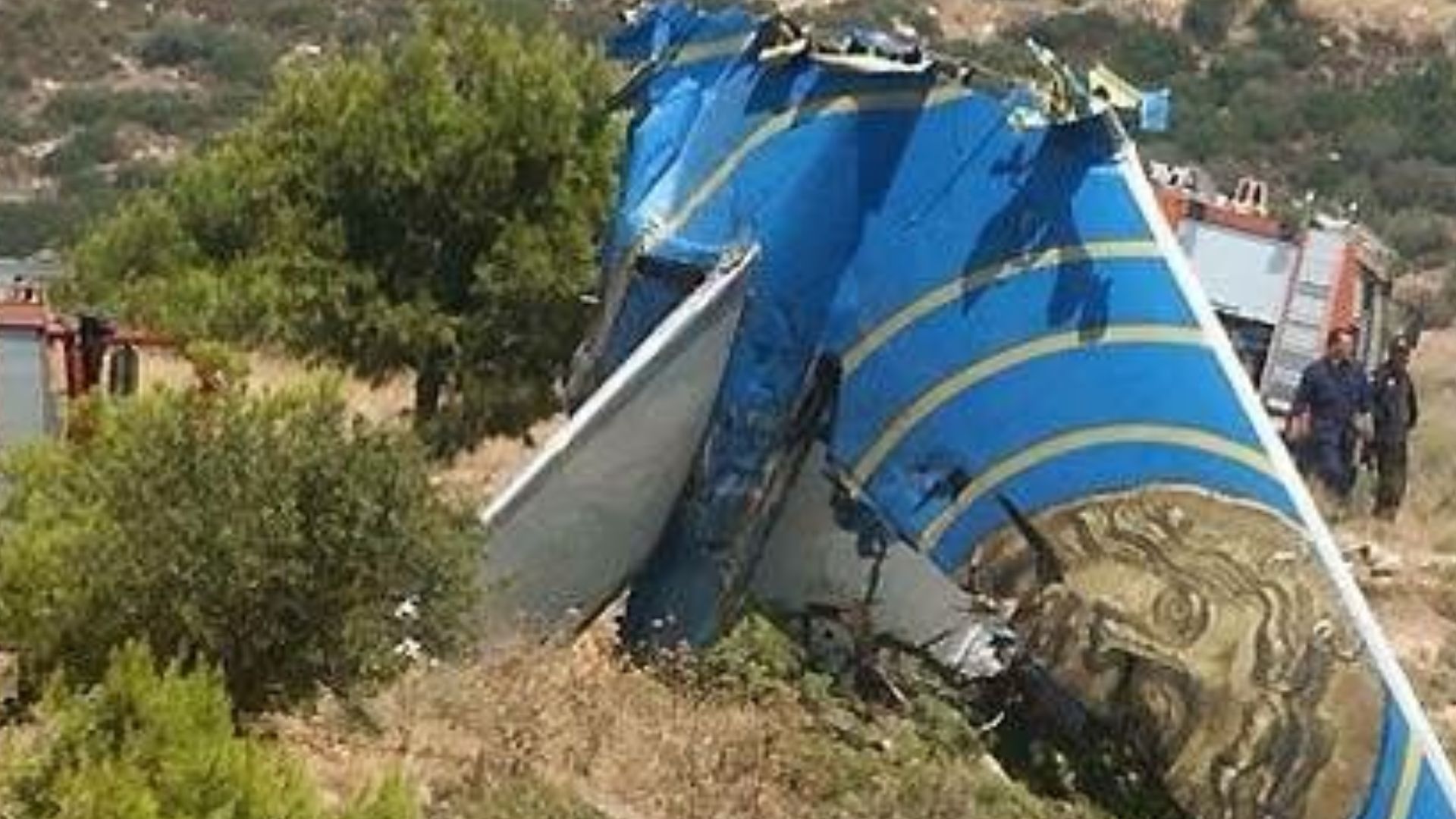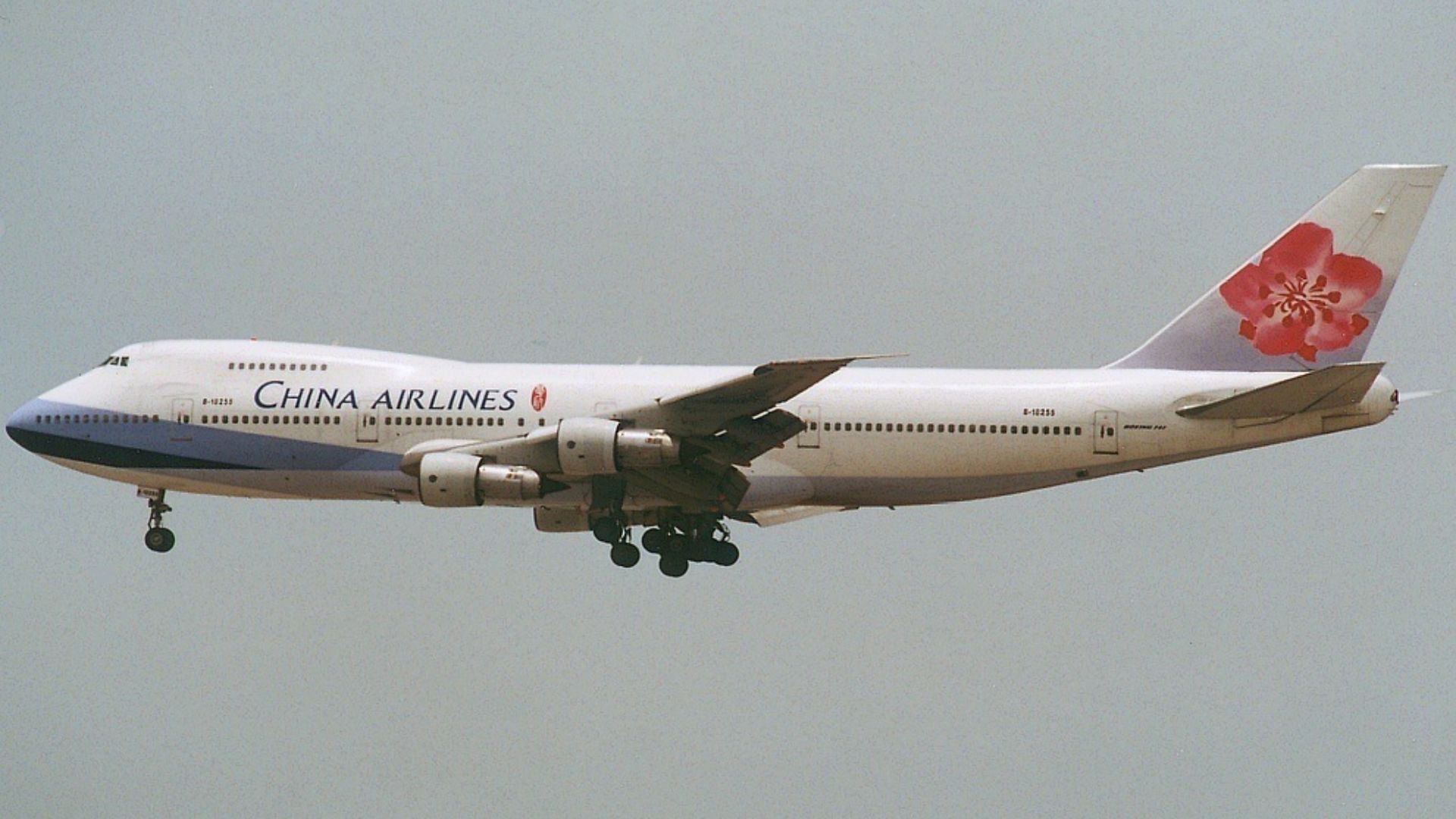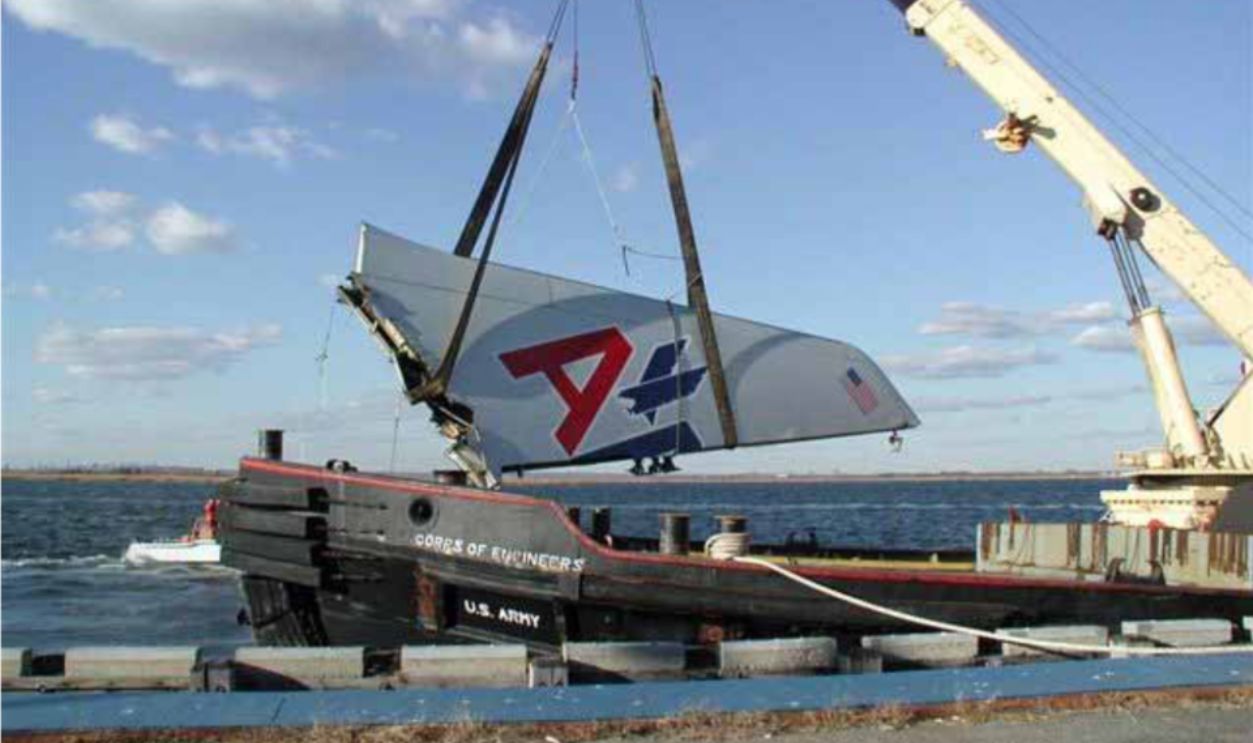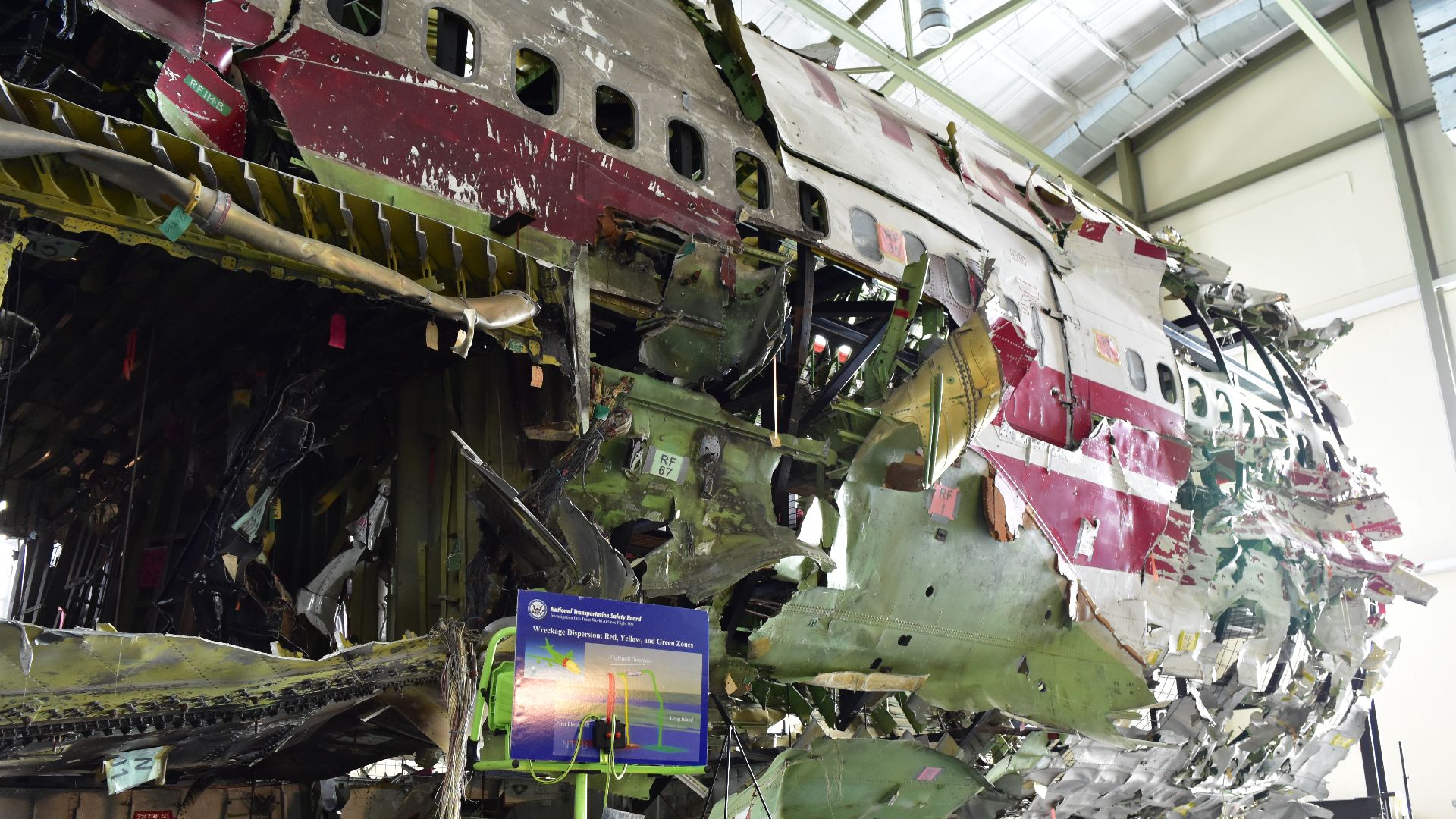When Everything That Could Go Wrong…Did
Planes soared. Systems failed. People paid the price. These accidents left lasting marks that still shape the way flying is conducted today.
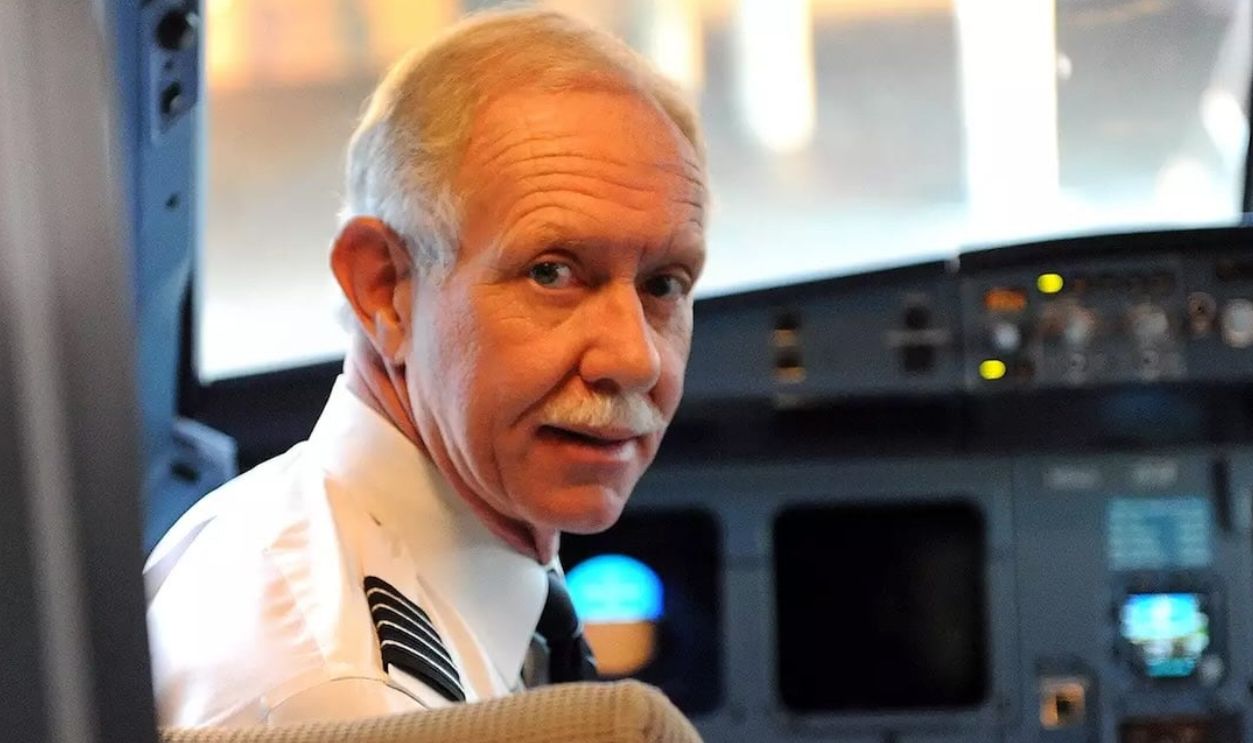
Tenerife Airport Disaster (1977)
Miscommunication in fog thick as soup led two jumbo jets—both Boeing 747s—to collide on a runway in the Canary Islands. One was trying to take off. The other shouldn’t have been there. Boom. Five hundred eighty-three souls were lost. After that? Pilots changed how they talked.
American Airlines Flight 191 (1979)
Just after takeoff in Chicago, the left engine of this DC-10 detached, flipping over the wing and tearing out vital hydraulic lines. Within 31 seconds, the aircraft plunged. All 271 on board died. This gruesome crash sparked investigations and prompted stricter maintenance and inspection protocols for engine attachments.
Pan Am Flight 103 Over Lockerbie (1988)
Two hundred seventy souls passed on when an explosive inside a suitcase turned this London-to-New York flight into a midair crime scene. At 31,000 feet, the explosion ripped open the 747. Wreckage scattered across Lockerbie, Scotland. Airline security got a major wake-up call, and you now stand in lines.
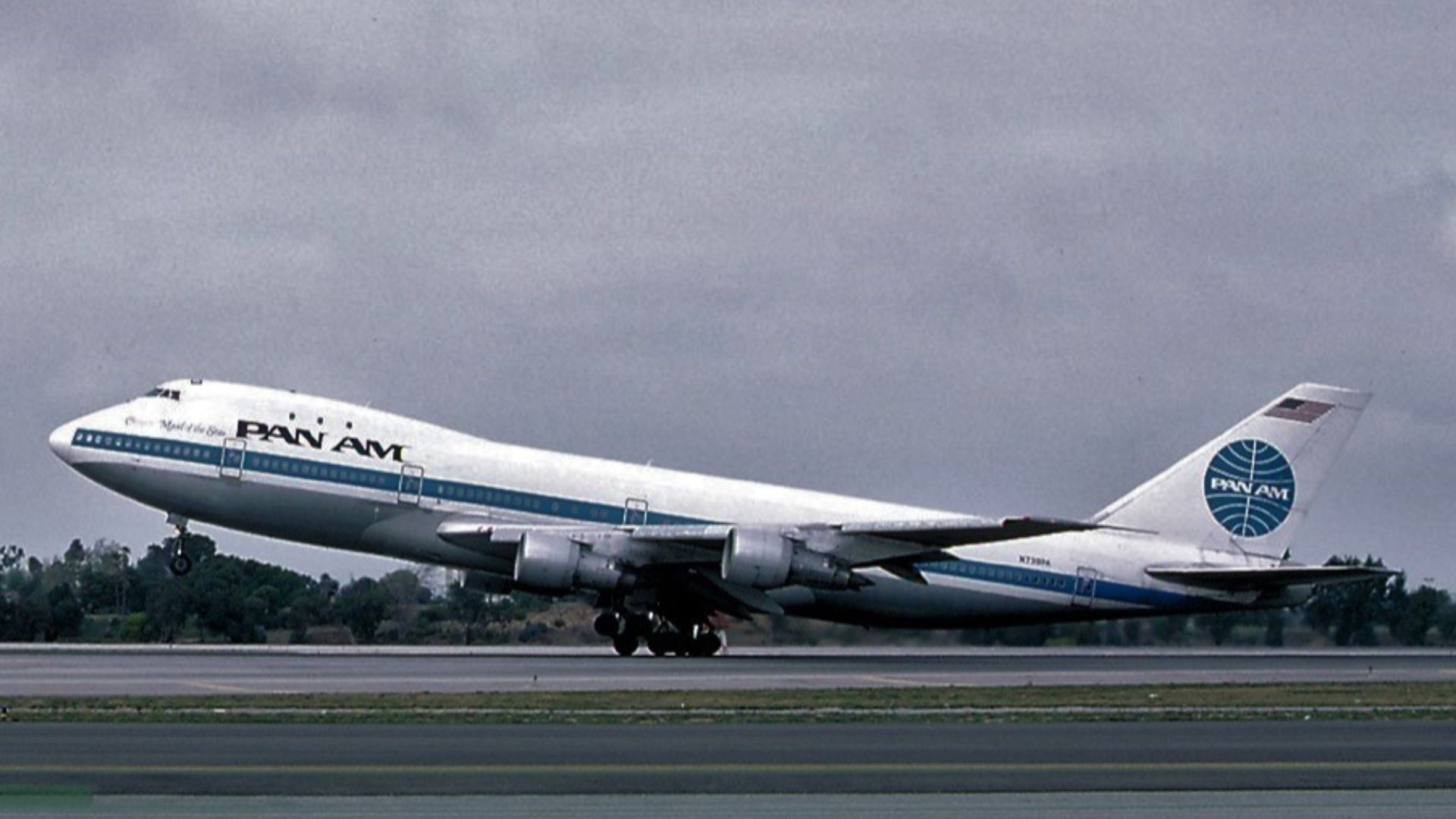 Ted Quackenbush, Wikimedia Commons
Ted Quackenbush, Wikimedia Commons
Air France Flight 447 (2009)
Vanishing over the Atlantic, this Airbus A330 mystified the world. It wasn’t terrorism. It wasn’t lightning. But ice crystals jammed airspeed sensors, confusing the autopilot and the pilots. For this reason, the aircraft stalled and fell, taking out 228 souls. Today, every pilot trains hard for those exact failures. Thank this flight.
United Airlines Flight 173 (1978)
A Portland-bound DC-8 circled for over an hour—why? A simple landing gear warning light had the crew distracted. As a result, they ran out of fuel, and the airplane crashed into a suburb, killing 10. That disaster birthed Crew Resource Management: now, every cockpit prioritizes teamwork over tunnel vision.
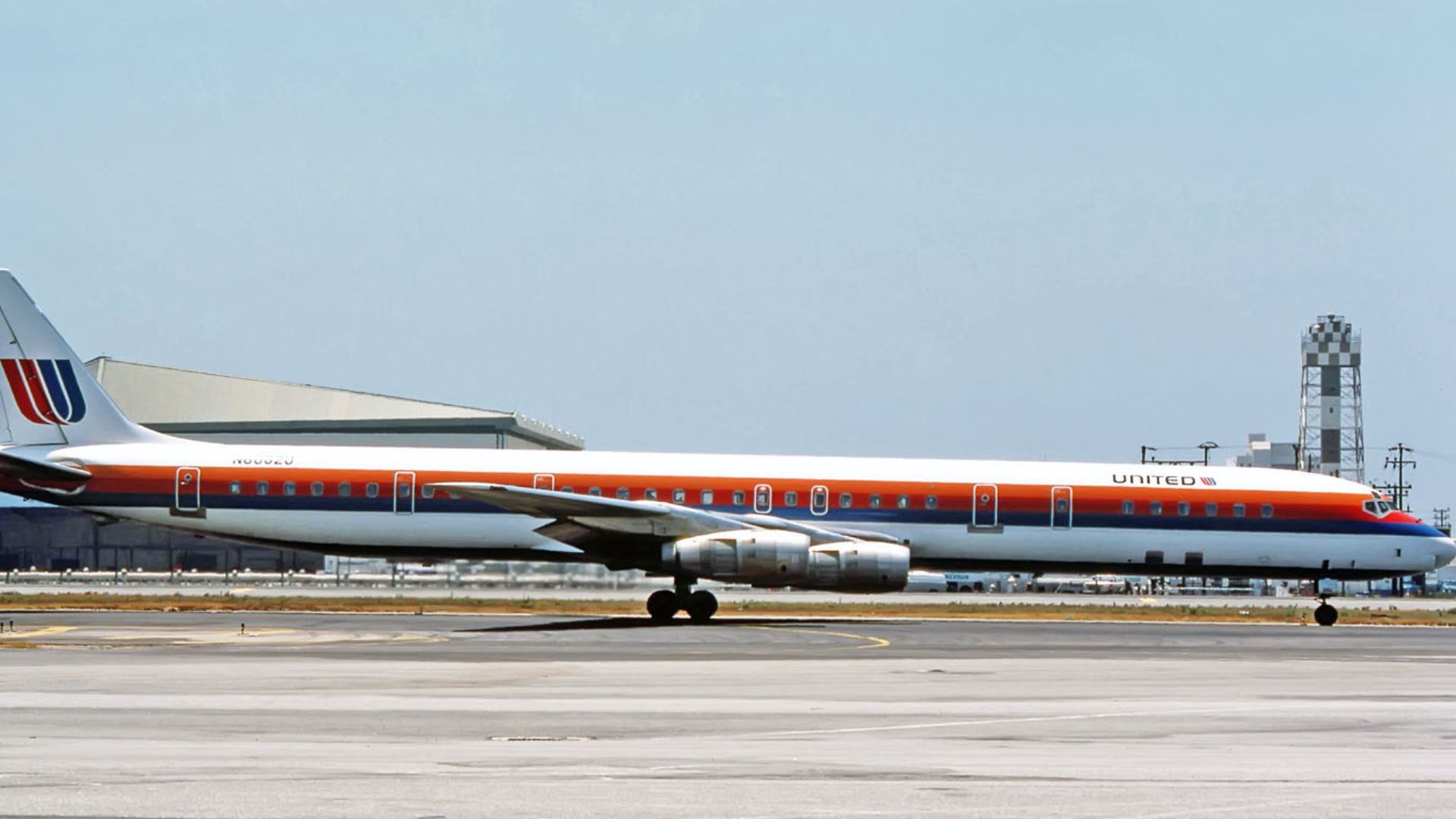 Leslie Snelleman, Wikimedia Commons
Leslie Snelleman, Wikimedia Commons
Japan Airlines Flight 123 (1985)
This flight climbed normally—until the unthinkable happened. A faulty tail repair from years prior finally gave out, and then the rear bulkhead burst. Cabin pressure vanished, and the crew fought gravity for 32 minutes before crashing into a mountain. Sadly, out of the 524 on board, passed on and four survived.
 Kjell Nilsson, Wikimedia Commons
Kjell Nilsson, Wikimedia Commons
Swissair Flight 111 (1998)
Electrical wires sparked a fire in the ceiling above the cockpit. Within minutes, it spread like wildfire. The crew tried to land near Halifax, but the MD-11 slammed into the sea. This tragedy sparked new rules on flammable materials in aircraft interiors after the world said goodbye to 229 lives.
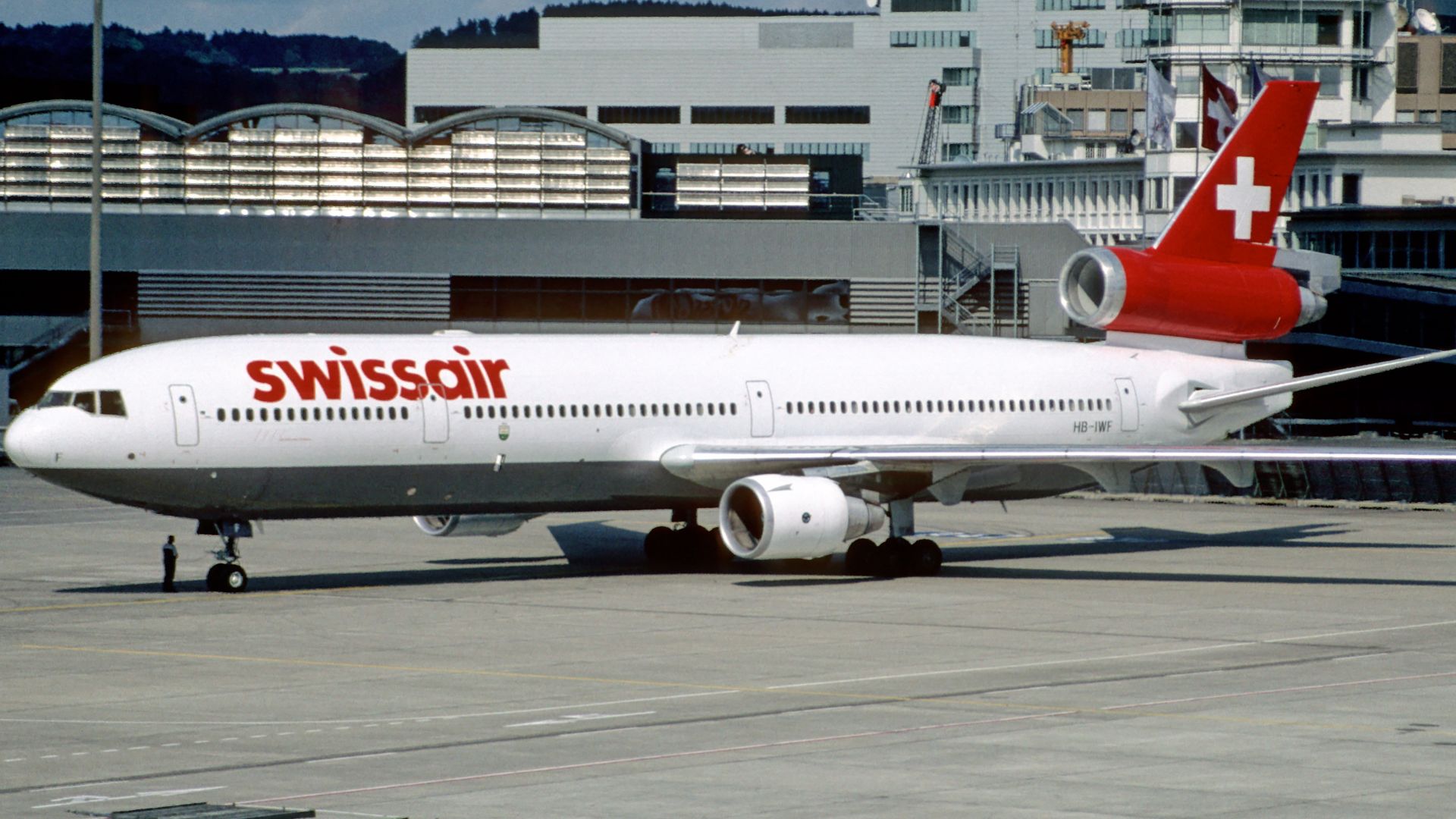 Aero Icarus from Zürich, Switzerland, Wikimedia Commons
Aero Icarus from Zürich, Switzerland, Wikimedia Commons
Colgan Air Flight 3407 (2009)
Descending into Buffalo in wintry weather, this regional turboprop stalled and crashed nose-first into a house, claiming 50 lives. Fatigue, poor training, and ice built the perfect storm. That crash rewrote US pilot duty rules and forced airlines to fess up about low-paid, overworked crews.
Air India Flight 182 (1985)
Imagine cruising at 31,000 feet when a hidden bomb in a suitcase detonates in the cargo hold. That’s exactly what happened. The 747 disintegrated over the Atlantic. 329 people—gone. Canada’s intelligence system failed spectacularly, and as a result, security at international airports got one of its sharpest overhauls.
DC-10 Turkish Airlines Flight 981 (1974)
A cargo door blew out, tearing a hole in the fuselage and slicing through control cables. The plane spiraled into a forest near Paris, killing all 346 aboard. The kicker? Engineers had previously warned about that door design. Afterward, manufacturers could no longer ignore the red flags.
US Airways Flight 1549 (2009)
A flock of Canada geese? That’s what took out both engines. Captain “Sully” Sullenberger ditched the Airbus A320 right into the Hudson River like a pro, and no lives were lost that day. You can thank this flight for better bird radar, engine resistance tests, and one epic Tom Hanks movie.
BOAC Flight 781 (1954)
This early jetliner, a de Havilland Comet, blew apart midair over the Mediterranean. Why? Metal fatigue. You wouldn’t know it then, but square windows and repeated pressurization cycles cracked the fuselage over time. After three Comet disasters, aircraft testing got smarter, and windows got rounded.
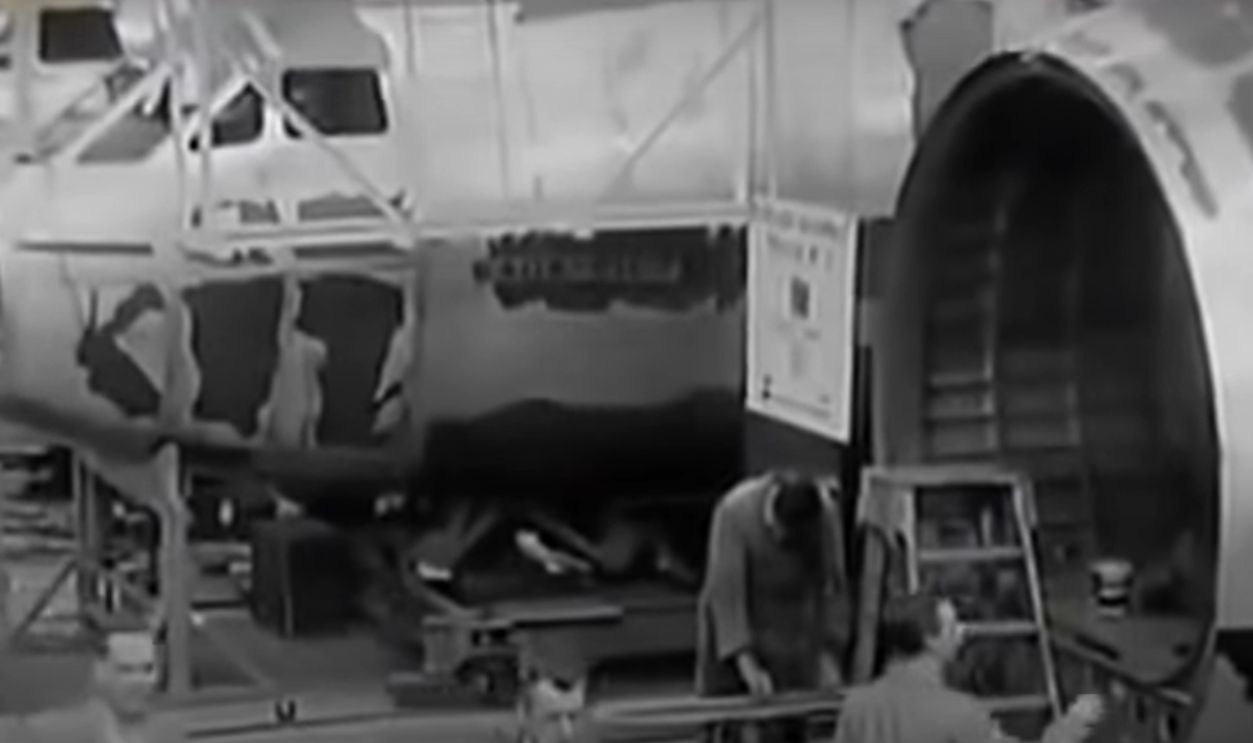 Air Crash Investigation BOAC Flight 781 [48:40] by cros
Air Crash Investigation BOAC Flight 781 [48:40] by cros
ValuJet Flight 592 (1996)
Down in the Everglades, this DC-9 turned into a fireball five minutes after takeoff. Illegally stored oxygen canisters sparked a blaze in the cargo hold. One hundred ten people never made it out. That catastrophe buried ValuJet’s brand and birthed tighter rules on hazardous materials. Today, AirTran wears the scars.
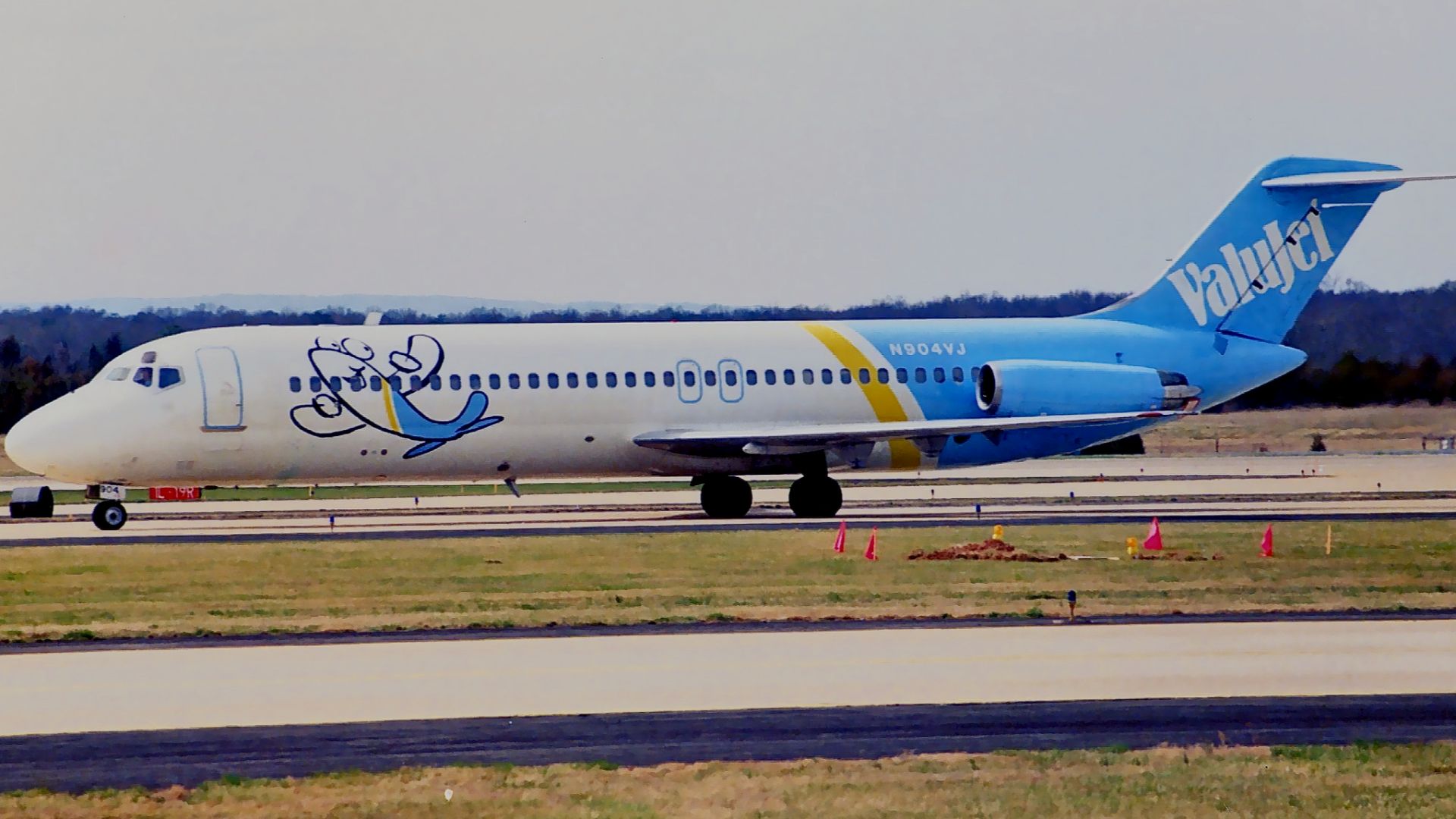 RedRipper24, Wikimedia Commons
RedRipper24, Wikimedia Commons
Malaysia Airlines Flight MH370 (2014)
Still unsolved. This Boeing 777 simply vanished with 239 onboard. Transponders off. Flight path redirected. Debris turned up years later—but not the full wreck. Since then, airlines everywhere now track aircraft in real-time. MH370 left behind grief, global confusion, and a thousand wild theories.
 byeangel, CC BY-SA 2.0, Wikimedia Commons
byeangel, CC BY-SA 2.0, Wikimedia Commons
Malaysia Airlines Flight MH17 (2014)
Different plane. Different nightmare. Just months after MH370, this jet got blown out of the sky by a missile over Ukraine. 298 people passed on—many were children, and the world went into a frenzy. Now, flights steer clear of active war zones, no matter how short the route.
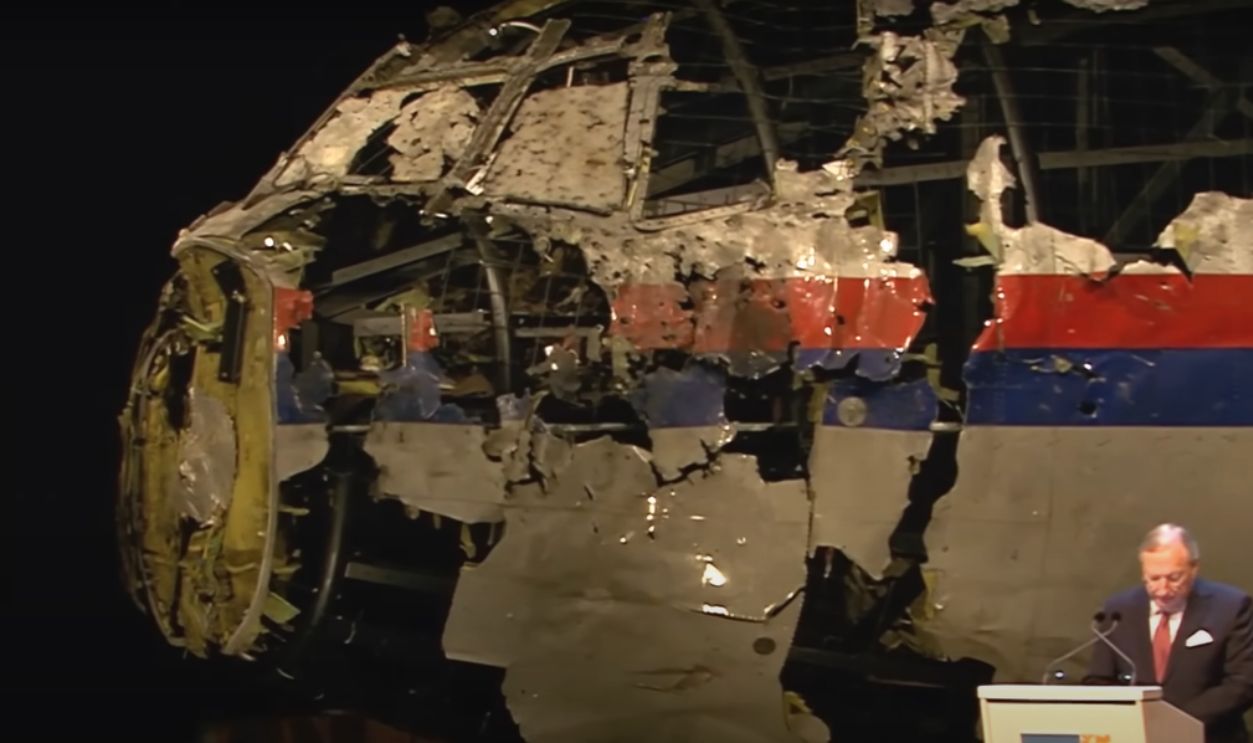 MH17 Crash: What Really Happened To Malaysia Airlines Flight? | Special Report by Sky News
MH17 Crash: What Really Happened To Malaysia Airlines Flight? | Special Report by Sky News
British Airtours Flight 28M (1985)
Seconds after aborting takeoff, flames erupted near the rear, and fifty-five passengers couldn’t escape. While the 737 sat on the runway, toxic smoke filled the cabin in less than a minute. This horror led to wider evacuation slides, floor-level lighting, and fewer flammable cabin materials.
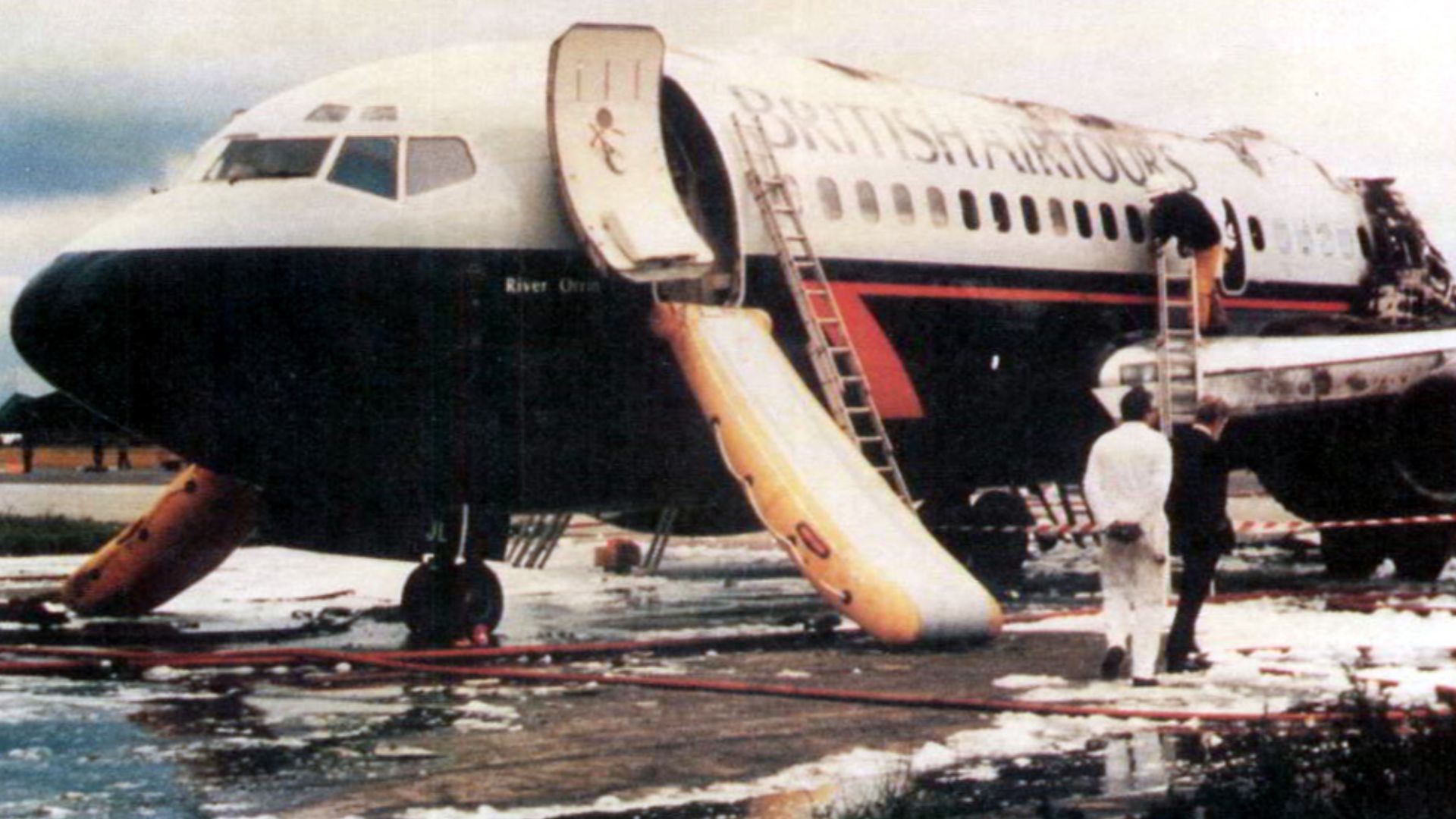 Her Majesty's Stationery Office (C) Crown Copyright 1989, Wikimedia Commons
Her Majesty's Stationery Office (C) Crown Copyright 1989, Wikimedia Commons
Korean Air Lines Flight 007 (1983)
This jumbo jet wandered off course into Soviet airspace. A fighter jet fired. Boom. All 269 gone. One was a US congressman. As a result, the incident contributed to the United States's decision to accelerate the availability of GPS for civilian use. Before that, pilots used dead reckoning and radar.
Helios Airways Flight 522 (2005)
Pressurization issues turned this into a ghost plane. Everyone aboard blacked out. The plane flew on autopilot until its fuel depleted and crashed into a Greek hillside. Only one flight attendant stayed conscious long enough to try to save the day. But she couldn’t. Eerie, right?
United Airlines Flight 232 (1989)
When a fan blade snapped, it crippled all three hydraulic systems, rendering the flight controls inoperable. Pilots used only engine thrust to steer. They crash-landed in Sioux City. Though 111 died, 185 survived. This was a miracle by any metric. Flight simulators now include this exact scenario for training.
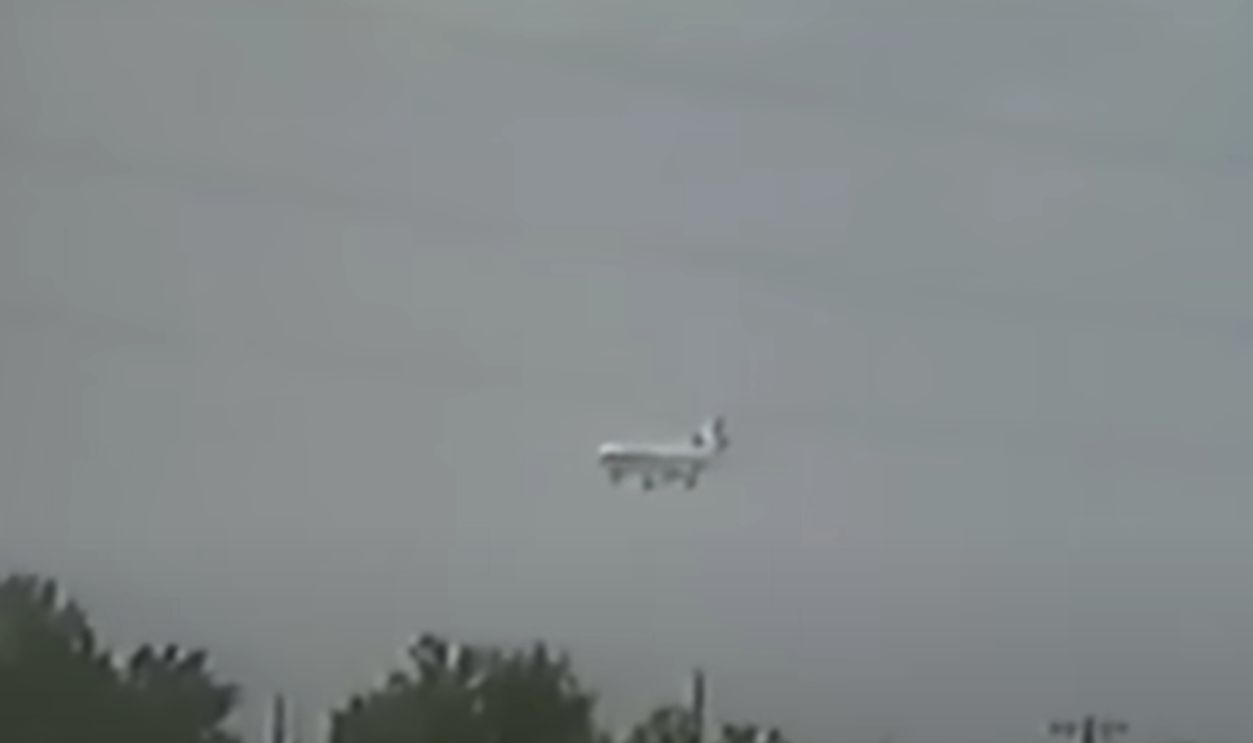 United Airlines Flight 232 Crash Footage | 19 July 1989 Sioux City, Iowa by Air Crash Daily
United Airlines Flight 232 Crash Footage | 19 July 1989 Sioux City, Iowa by Air Crash Daily
China Airlines Flight 611 (2002)
Twenty-two years before the plane crash, the plane suffered a tail strike. The fix? Sloppy, and the repair failed midair. The aircraft broke into pieces and fell into the Taiwan Strait, and 225 people met their end. Maintenance records got a lot more serious after this. You don’t skip inspections anymore.
Alaska Airlines Flight 261 (2000)
The jackscrew controlling the horizontal stabilizer failed mid-flight, leaving no pitch control. The MD-83 flipped into a nosedive off the California coast. Eighty-eight people died. Mechanics had skipped proper lubrication. Now? Maintenance protocols for critical parts like this one get triple-checked, not just signed off.
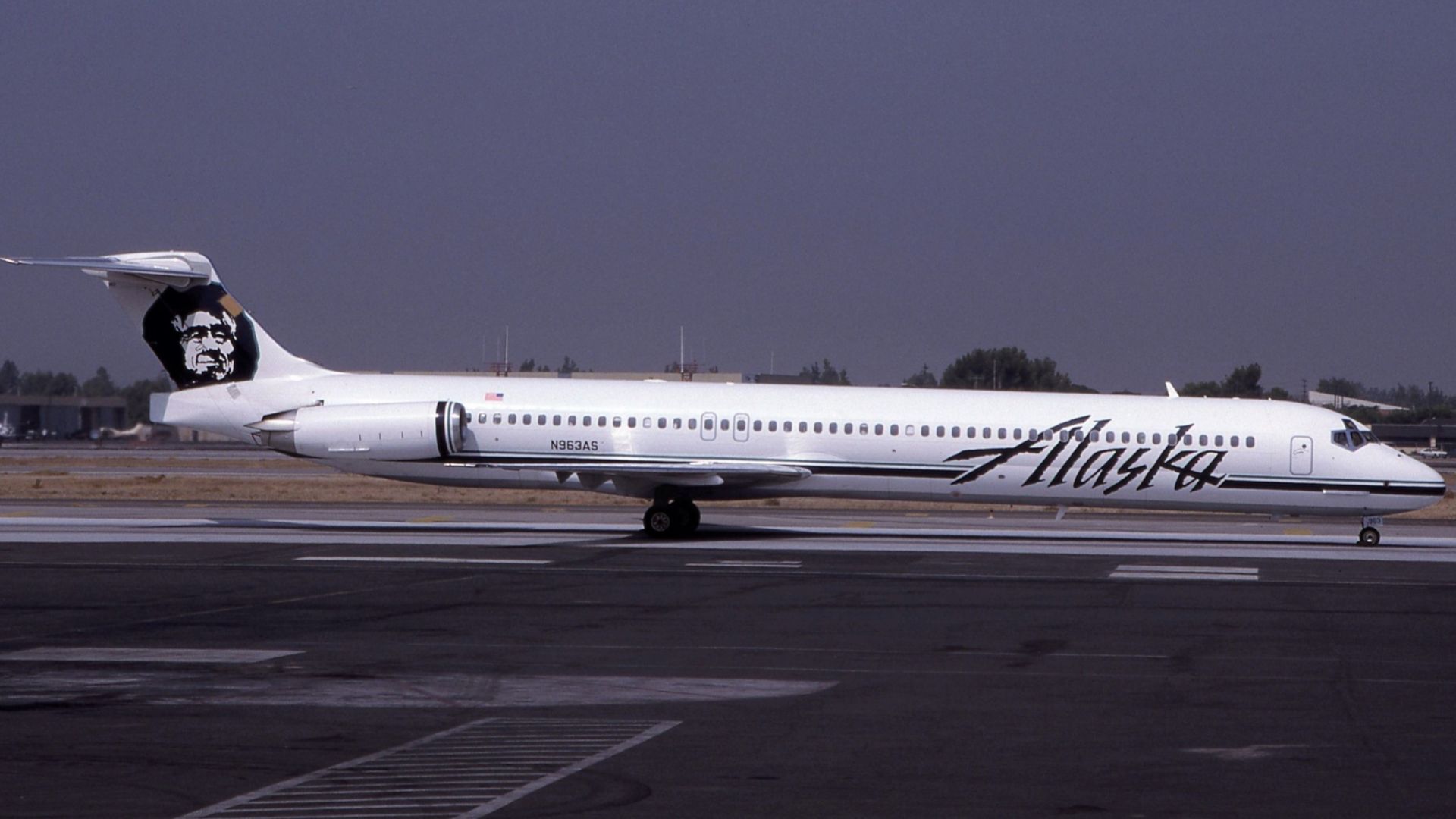 Frank Jäger, Wikimedia Commons
Frank Jäger, Wikimedia Commons
American Airlines Flight 587 (2001)
Just two months post-9/11, this Airbus A300 spiraled down into Queens. The rudder snapped clean off. Why? The copilot used it too aggressively after wake turbulence. 265 perished. Today, pilots train better for aerodynamic stress. Funny how most folks don’t even know this happened.
Trans World Airlines Flight 800 (1996)
In 1996, a fuel tank sparked and exploded just after takeoff from JFK. The 747 tore apart midair, killing all 230 aboard. Investigators determined a fuel tank spark caused the explosion, ruling out a bomb or missile, though the exact ignition source remains unknown.
Dana Air Flight 992 (2012)
This Nigerian domestic flight lost both engines just before landing. The pilots didn’t declare an emergency. The MD-83 slammed into a Lagos neighborhood, taking out 153 people on board and six more on the ground. The aftermath? Nigeria overhauled its aviation oversight and grounded questionable airlines—fast.
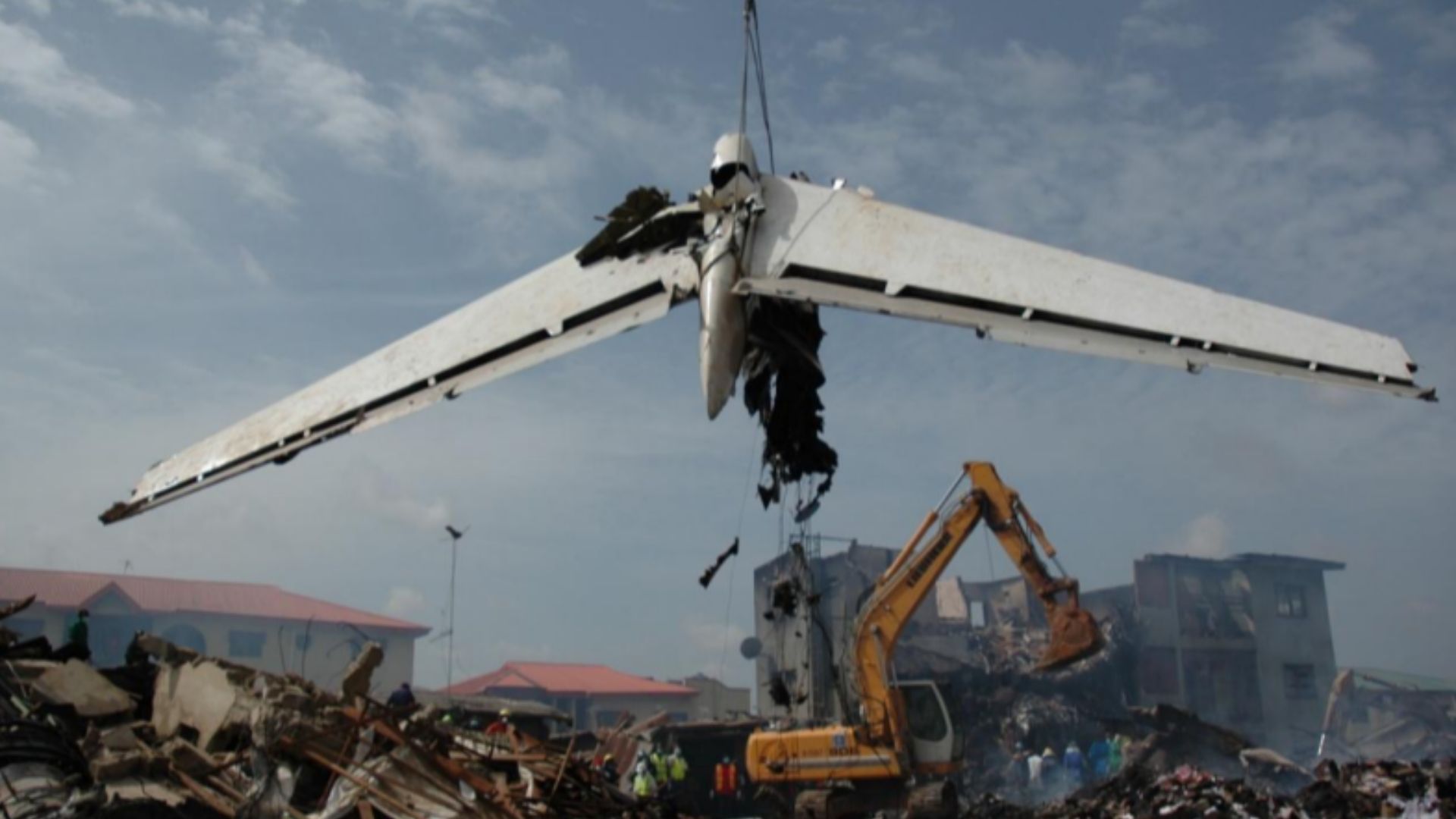 Accident Investigation Bureau, Wikimedia Commons
Accident Investigation Bureau, Wikimedia Commons
Lion Air Flight 610 (2018)
Just 13 minutes after takeoff, a faulty sensor tricked Boeing’s new MCAS software into forcing the 737 MAX’s nose down—over and over, and 189 passed on. The pilots tried to fight it but lost. This crash, along with another, grounded the MAX globally and launched a crisis for Boeing.
 Mystery As New Plane Crashes Into The Ocean | NBC Nightly News by NBC News
Mystery As New Plane Crashes Into The Ocean | NBC Nightly News by NBC News

